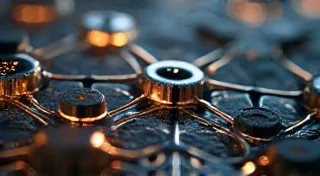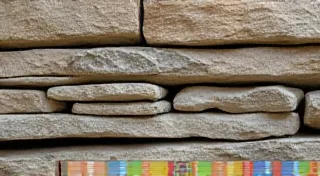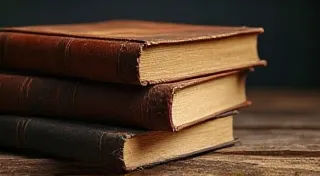The Regiment's Regalia: Military Buttons as Miniature Monuments to Valor
There's a quiet dignity in holding an antique button. It’s a tangible link to a past far removed from our own, a silent witness to history. But a military button? A military button speaks of sacrifice, of duty, of a loyalty forged in the fires of conflict. They are tiny monuments, meticulously crafted symbols worn on the uniforms of soldiers, representing regiments, battles, and an entire era. For the Victorian button collector, and indeed anyone fascinated by history, these small objects offer an unparalleled window into a world of rigid social hierarchy, evolving military technology, and acts of unimaginable bravery.
The Victorian era, spanning from 1837 to 1901, witnessed a period of immense global expansion for the British Empire. This expansion demanded a robust military, and the buttons adorning their uniforms were far more than mere fasteners. They proclaimed identity, rank, and allegiance. A young boy growing up in the late 1800s might dream of joining the Royal Marines, his imagination fueled by the glint of a brass button gleaming on his father's or older brother’s coat. These weren't mass-produced trinkets; each one was a symbol of that aspiration, a pathway to a life of service, and potentially, to glory.
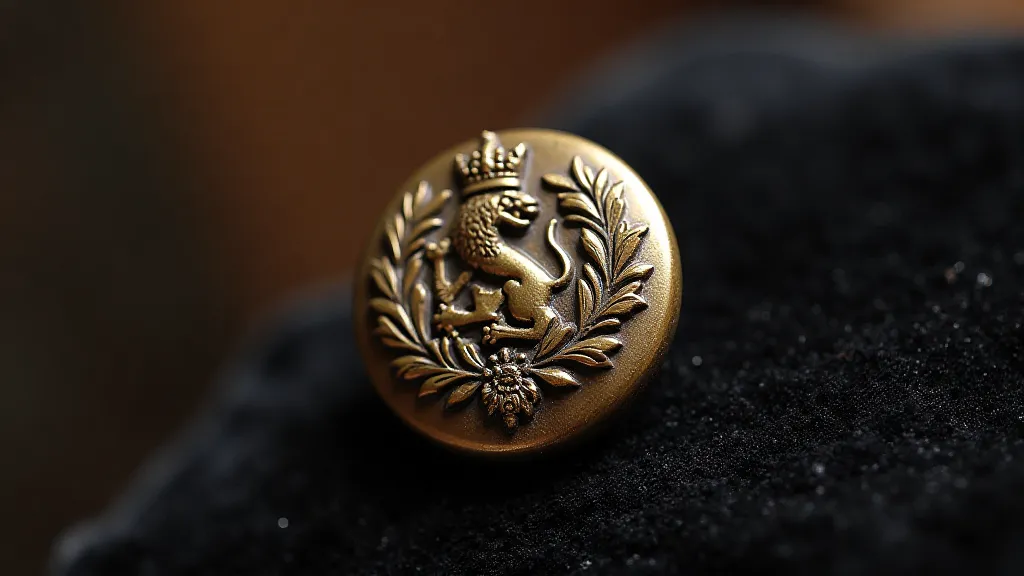
Materials and Manufacturing: The Craft of Remembrance
The materials used in Victorian military buttons were carefully chosen for durability and symbolic meaning. Brass, often gleaming with a bright polish, represented strength and resilience. Pewter, with its softer, more muted tone, was commonly used for lower-ranking regiments. Horn, a readily available and cost-effective material, saw considerable use, especially in the earlier part of the Victorian era. Jet, a fossilized wood, signified mourning and was frequently employed in buttons commemorating battles or soldiers lost in action. Mother-of-pearl, adding an element of elegance and prestige, appeared on the uniforms of officers and elite regiments. The choice of material reflected both the regiment’s budget and the desired aesthetic.
The manufacturing techniques themselves are fascinating. Early buttons were often hand-pressed from dies, a laborious and expensive process. The emergence of button factories in the mid-19th century, particularly in Birmingham and London, revolutionized production. These factories employed innovative machinery, like the Scharff-Schell button press, which significantly increased output and reduced costs. Despite the advent of machinery, many buttons retained hallmarks of craftsmanship. The meticulous detail in the embossed designs, the sharp definition of the imagery, and the overall quality of the finished product are testaments to the skill of the artisans involved. Identifying the type of manufacturing process based on the button’s characteristics—the presence or absence of die lines, the sharpness of the relief, the consistency of the finish—can add another layer of appreciation for the collector.
The Evolution of Design: From Regiment to Empire
The design of military buttons underwent significant evolution throughout the Victorian period, reflecting changes in regimental structure, imperial expansion, and artistic trends. Early buttons often featured simple designs – the regiment’s crest, a royal insignia, or a symbolic representation of the unit's history. As the empire grew, so did the complexity of the buttons. New regiments, raised for service in distant lands, adopted unique crests and mottos reflecting their geographical location and mission. The inclusion of colonial symbols—such as kangaroos for Australian regiments or sphinxes for Egyptian units—became increasingly common. The expansion of the British Empire’s influence meant designers had to incorporate motifs and symbolism from across the globe, adding layers of meaning and representing the reach of the crown. Further exploring colonial influences on Victorian button design reveals fascinating details about this period.
The imagery wasn’t merely decorative; it carried profound meaning. A griffin might represent vigilance, a lion courage, and a rising sun hope. The motto inscribed around the button's edge—"Dieu et Mon Droit" for the Royal Crest, or a specific regiment's proud saying—served as a constant reminder of their commitment and purpose. Observing these design choices offers valuable insight into the Victorian mindset – a culture steeped in symbolism, tradition, and a deep-seated sense of national pride.
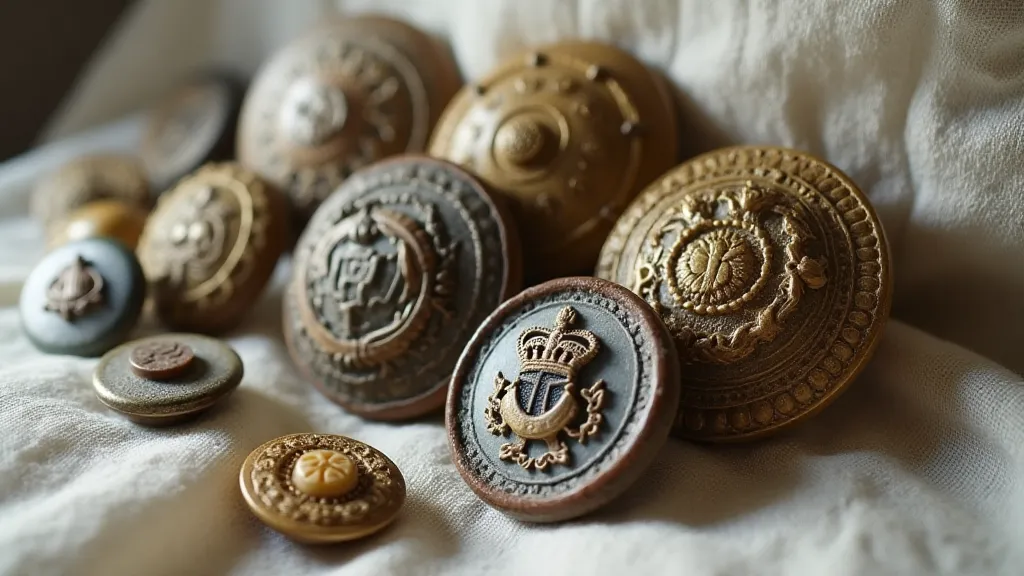
Jet Buttons and the Cost of Conflict
The presence of jet buttons carries a particularly poignant narrative. These dark, somber buttons were almost exclusively reserved for periods of mourning—often worn on uniforms after major battles or to commemorate fallen soldiers. Their prevalence in the later years of the Crimean War (1853-1856) and the Boer War (1899-1902) is a stark reminder of the human cost of imperial ambitions. Holding a jet button, one can’t help but feel a sense of profound sadness, imagining the grief and loss experienced by families left behind. The weight of history feels particularly heavy when considering the symbolism of jet—a material chosen specifically to represent loss and remembrance. It’s a powerful reminder of the profound sadness experienced by those left behind. Understanding Victorian sentiment for loss, as reflected in the use of jet buttons, can provide deeper context to these somber keepsakes.
The recovery of these buttons often holds its own compelling story. Found in attics, flea markets, or even on old uniforms, each button represents a tangible connection to the past, a whisper of a life lived, a sacrifice made. The simple act of holding one—feeling its weight, observing its texture—can evoke a deep sense of empathy and respect for those who served.
Restoration and Preservation: Honoring the Legacy
Restoration of antique military buttons should be approached with the utmost care and respect. Aggressive cleaning or polishing can strip away the original patina and damage the delicate details. Gentle cleaning with a soft cloth and appropriate cleaning solutions—often involving careful research on suitable materials—is the best approach. Preservation is paramount. Storing buttons in acid-free containers, away from direct sunlight and humidity, helps prevent further deterioration.
For the dedicated collector, identifying and cataloging buttons is an integral part of the hobby. Early button catalogs, though rare and often incomplete, provide invaluable information on manufacturers, designs, and regimental affiliations. Cross-referencing information from various sources – regimental histories, uniform guides, and auction records – can help build a comprehensive understanding of a button’s history and significance. Understanding Victorian button distribution can offer clues to these journeys.
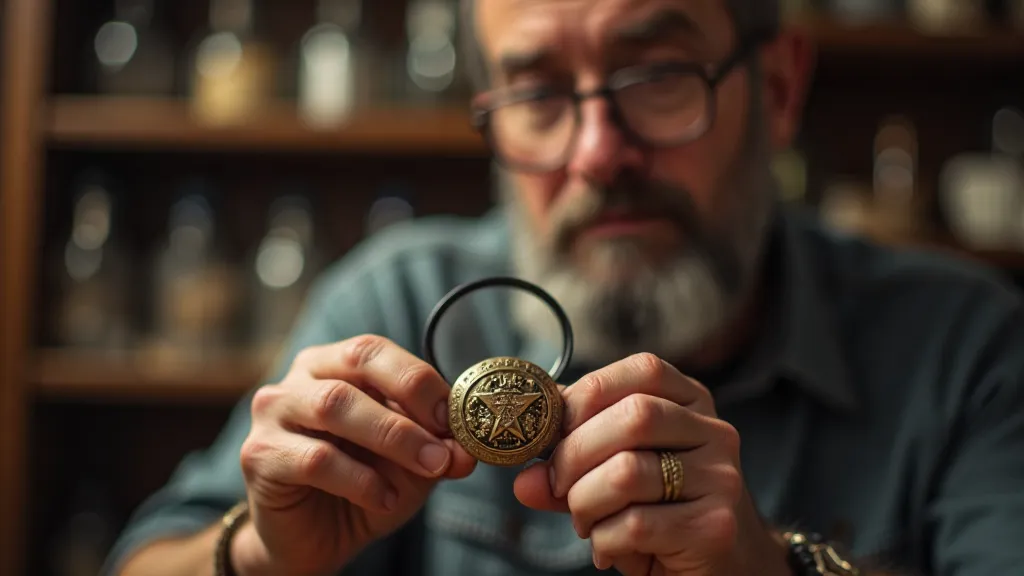
The Language of Ornamentation: More Than Just Metal and Design
Beyond the regiment crests and mottos, Victorian military buttons frequently employed a rich vocabulary of ornamentation. Intricate floral patterns, symbolic animals, and geometric designs weren’t simply aesthetic choices; they often carried specific meanings, reflecting a deep-seated belief in the power of symbolism. Understanding the specific meaning behind a particular motif – whether it represented courage, loyalty, or prosperity – can unlock a deeper appreciation for the artistry and intention behind the button’s design. Examining the materials used in these buttons also provides valuable insight. The shimmering elegance of mother-of-pearl, reserved for officers and elite regiments, spoke of status and privilege. Studying the language of Victorian ornamentation helps uncover the social hierarchy embedded within these seemingly simple objects.
The Human Story Behind the Button
Each button represents more than just a military unit or a historical period; it embodies the experiences, sacrifices, and aspirations of the individuals who wore it. Imagine the young soldier, eager to prove his worth, proudly fastening the button onto his uniform. Picture the veteran, returning home, his uniform worn and faded, the button a tangible reminder of his service. These buttons are fragments of human stories, whispering tales of courage, loss, and resilience. They are tangible links to the past, allowing us to connect with the individuals who shaped our world.
More Than Just Collectibles
Victorian military buttons are more than just collectibles; they are miniature monuments to valor, tangible links to a pivotal era in history. They offer a unique window into the Victorian mindset—a culture steeped in symbolism, tradition, and a deep-seated sense of national pride. Whether you are interested in colonial influences on Victorian button design or simply appreciate history, these small objects offer a glimpse into the past.



